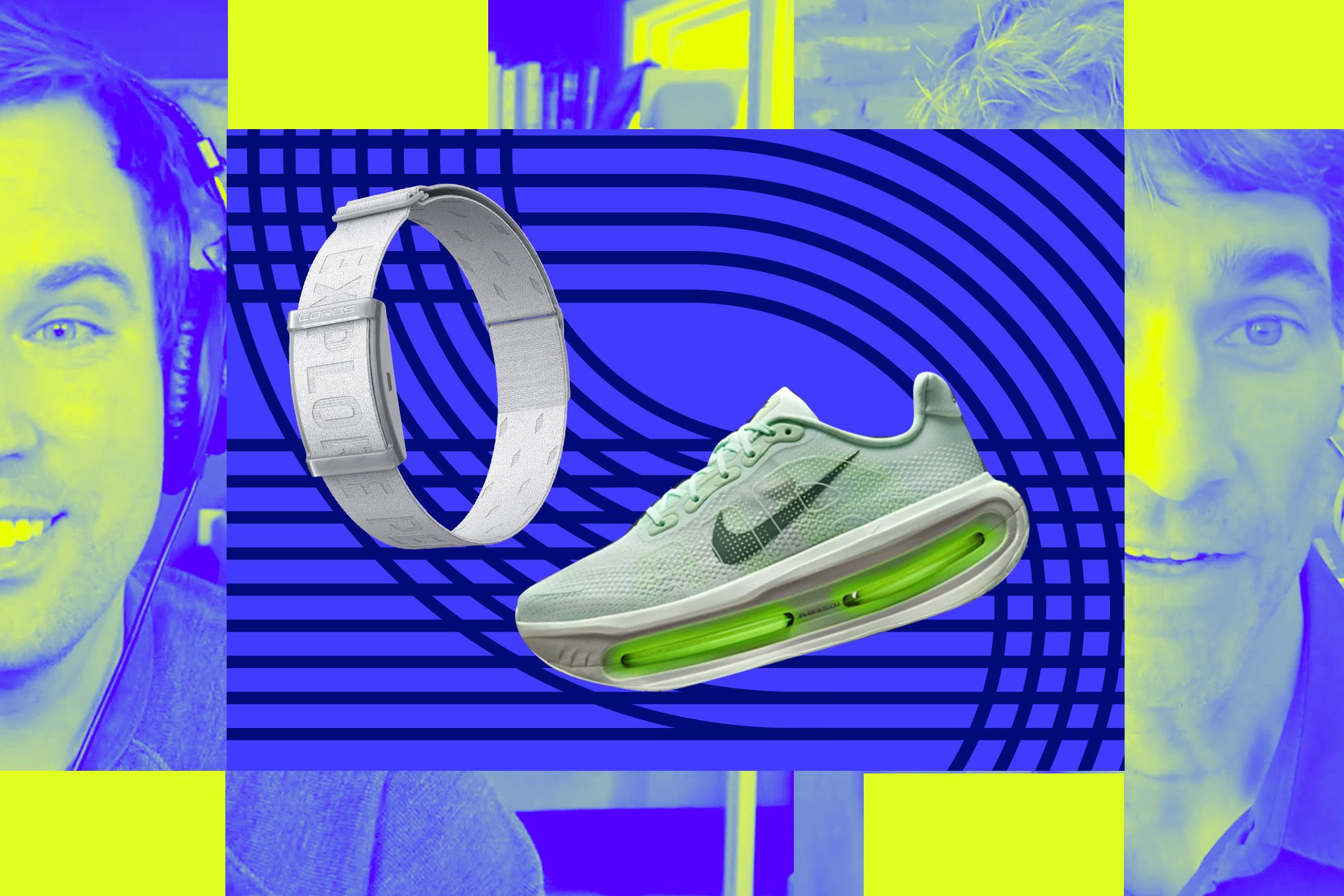The Atlantic's CEO Nicholas Thompson isn't just another weekend warrior with a smartwatch. The elite runner has built a custom GPT to optimize his training, nutrition, and race strategy, revealing how top performers are pushing fitness tech beyond basic tracking into AI-powered coaching territory. His approach shows where the quantified self movement is heading for serious athletes.
The quantified self movement just got a serious upgrade. While most runners check their pace and maybe glance at heart rate zones, The Atlantic CEO Nicholas Thompson has built something entirely different - a custom ChatGPT that serves as his personal running coach, nutritionist, and performance analyst. Thompson's approach, detailed on The Vergecast, reveals how elite athletes are pushing consumer fitness tech into uncharted territory. This isn't about hitting 10,000 steps or closing activity rings. Thompson, who actually wins races rather than just finishing them, uses his AI system to optimize everything from pre-race fueling strategies to workout periodization. The custom GPT analyzes his training data, suggests nutrition timing, and helps him experiment with different approaches to find what actually moves the performance needle. His Garmin watch becomes more than a tracker - it's a data collection device feeding into a sophisticated feedback loop. The timing couldn't be better. Consumer fitness tech has hit a plateau, with most devices offering similar heart rate monitoring, GPS tracking, and basic insights. Apple Watch dominates with convenience features, while Garmin owns the serious athlete market. But Thompson's approach suggests the real innovation isn't happening in hardware - it's in how athletes process and act on their data. Traditional fitness apps give you numbers. Thompson's system gives him actionable intelligence. The conversation, hosted by The Verge's David Pierce, explores this fascinating divide between casual fitness tracking and obsessive optimization. Most people want technology to help them exercise without losing their minds. Thompson represents the opposite philosophy - he wants every possible data point and insight, regardless of complexity. His experiments reveal which metrics actually matter versus which are just noise. Pierce notes how this mirrors broader trends in AI adoption. Early users aren't waiting for perfect consumer products. They're building custom solutions using available tools like GPT to solve specific problems. Thompson's running AI represents what's possible when you combine domain expertise with accessible AI platforms. The episode also tackles practical holiday tech advice. John Higgins explains motion smoothing - that soap opera effect that makes movies look weird on new TVs. As families gather for Thanksgiving, millions will encounter motion smoothing enabled by default on relatives' TVs. Higgins walks through why manufacturers enable this feature and how to disable it properly. The discussion extends to Frame-style TVs that blend into home decor, proper TV setup procedures, and customization tips for getting the best picture quality right out of the box. These seemingly unrelated topics connect around a central theme - how to engage with technology intentionally rather than passively accepting default settings. For Thompson, that means building custom AI tools. For holiday travelers, it means knowing how to fix motion smoothing. The broader implications extend beyond individual users. As AI tools become more accessible, we're seeing early glimpses of personalized coaching systems that could eventually democratize elite-level performance optimization. What Thompson built manually today might become turnkey solutions tomorrow.












